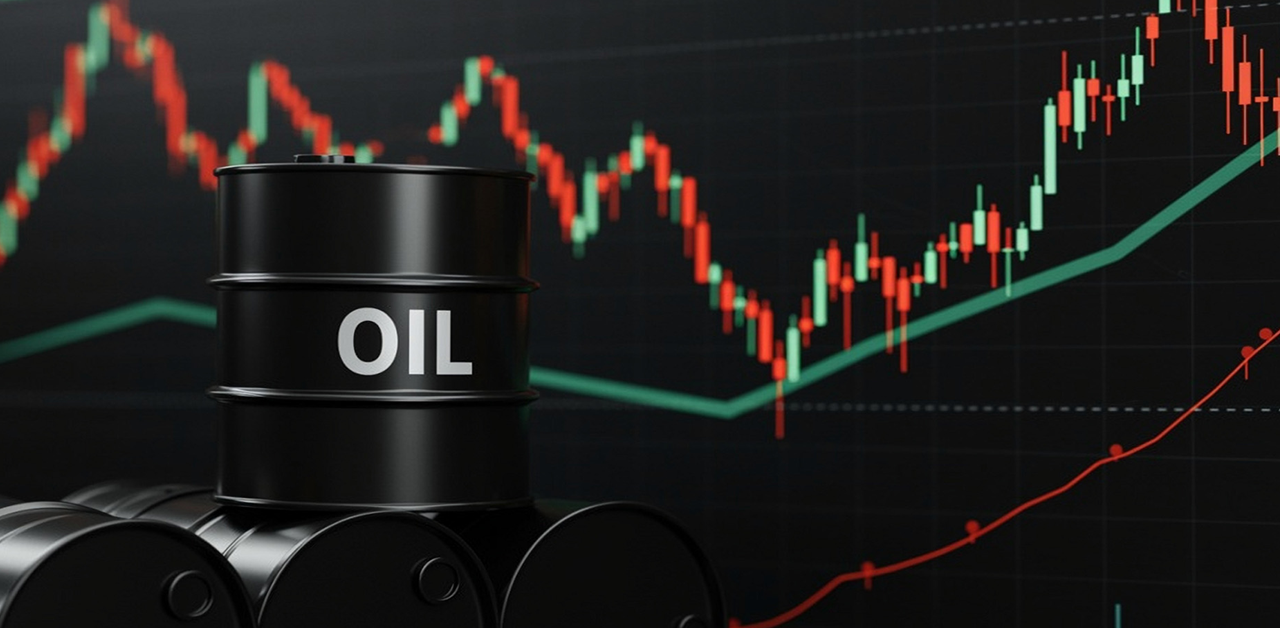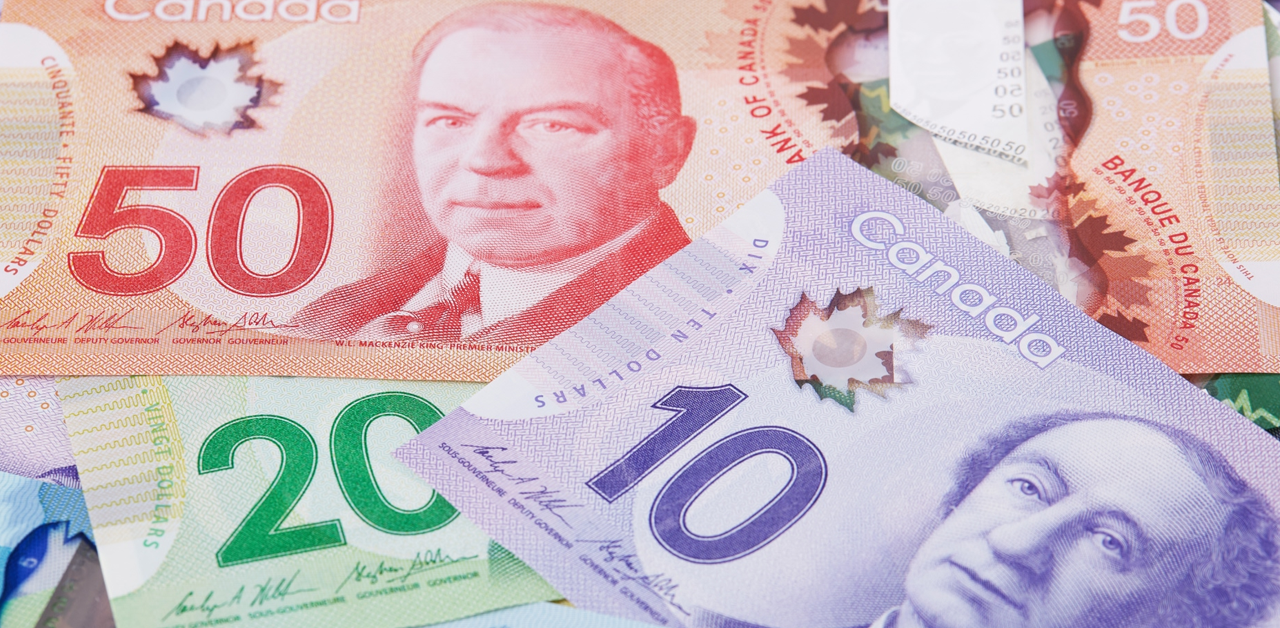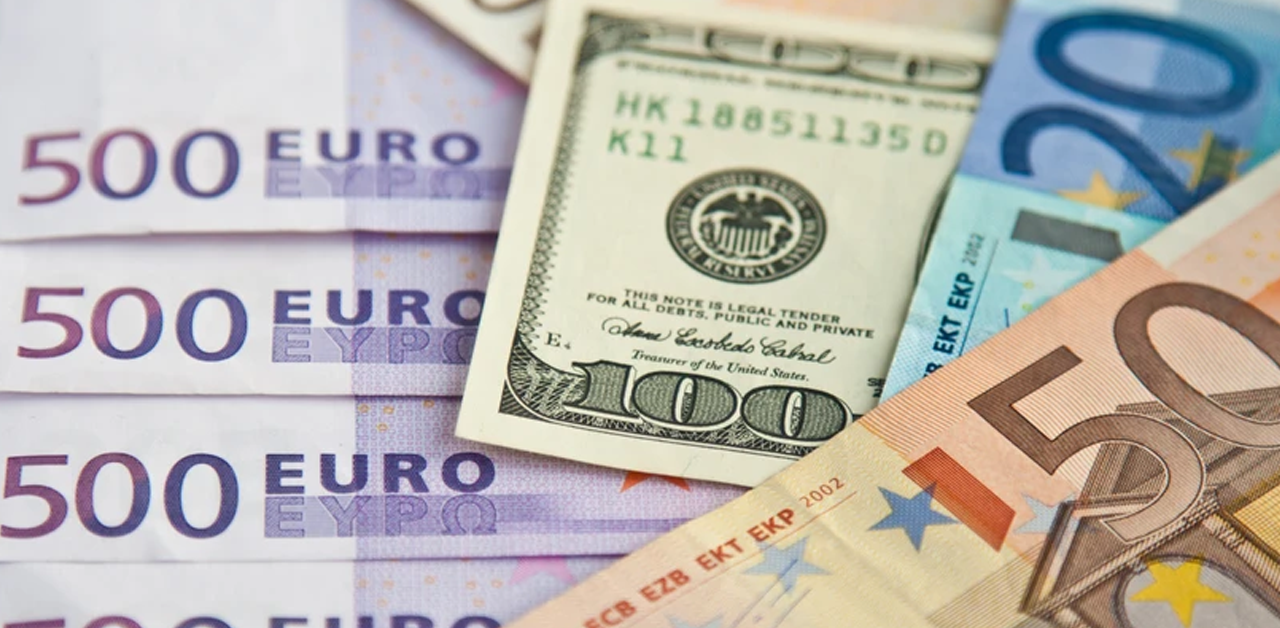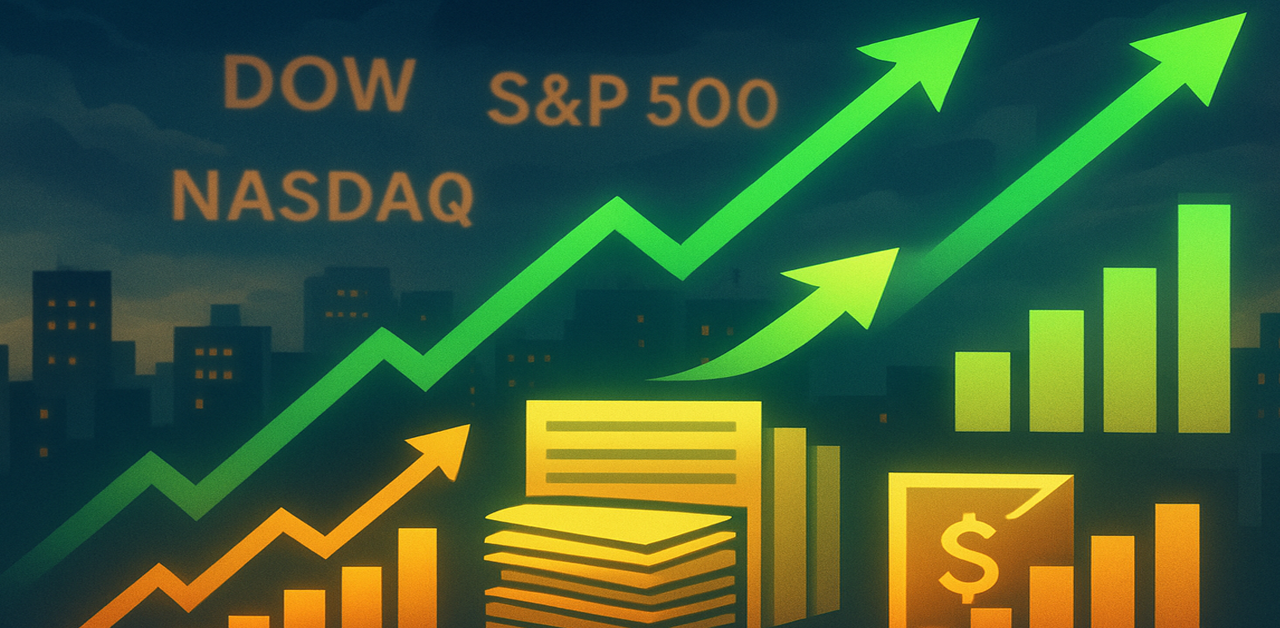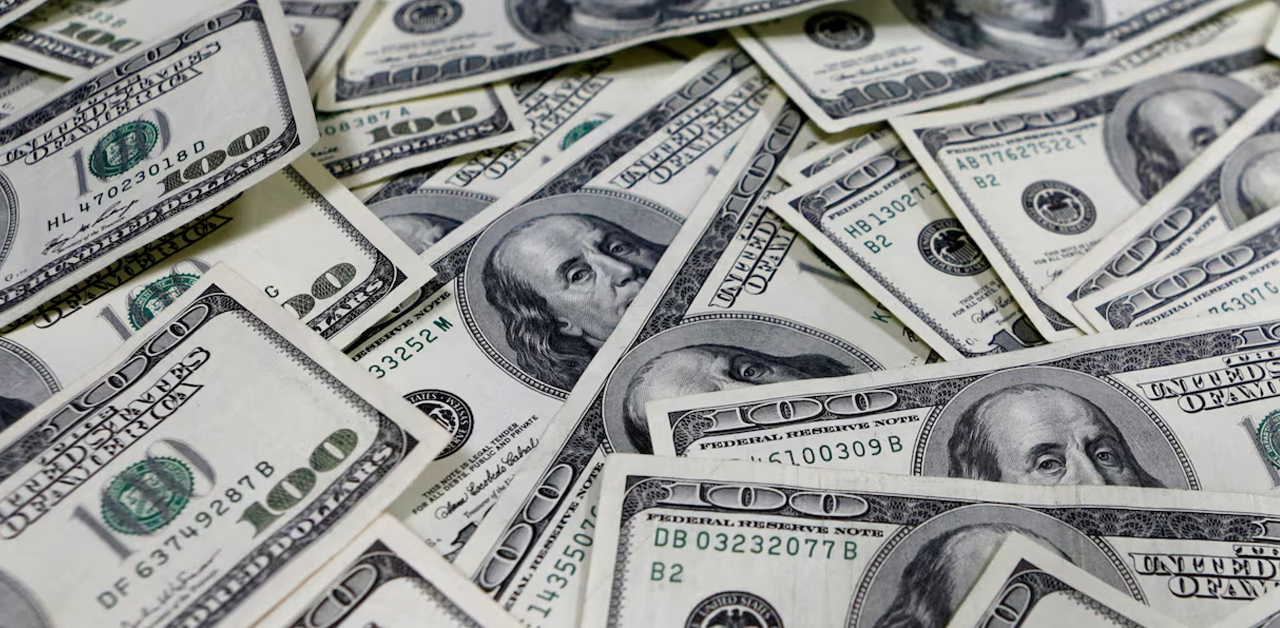The NASDAQ has suffered its worst loss since 2020
Sectors on Wall Street finished broadly lower on Tuesday, led down by steep drops in Big Tech stocks, which sent the NASDAQ to its lowest level since September 2020. Investors are busy analyzing the latest round of corporate earnings, with some of the country’s largest corporations reporting results this week. Earnings growth has been one of the market’s cornerstones, but the reports haven’t alleviated investors’ concerns about growing inflation, interest rate hikes, and the potential impact of pandemic-related lockdowns in China on global economic development.
To 4,175.20, the S&P 500 index slid 120.92 points, or 2.8 percent. 95 percent of the equities on the benchmark index lost ground on the day. The Dow Jones Industrial Average dropped 809.28 points on Monday. The NASDAQ, which is heavily weighted in technology, took the brunt of the day’s losses. It dropped 514.11 points, or 4%, to 12,490.74. That’s the lowest it’s been since September 8, 2020. Investors have shunned the ultra-expensive tech sector, which had achieved astronomical profits for much of the decade, and the index is now down 20% this year. With the Federal Reserve poised to hike interest rates rapidly as part of its fight against inflation, traders are becoming less willing to put up with the exorbitant prices paid for Microsoft, Facebook’s parent firm, and other digital behemoths.
Microsoft’s stock dropped 3.7 percent. After posting results that fell short of analysts’ expectations, Alphabet, Google’s parent company, slumped 3.6 percent in regular trading and another 6% in after-hours trading. This week will see several prominent tech companies report profits, including Facebook parent company Meta on Wednesday and Apple on Thursday.
Concerns that Tesla CEO Elon Musk will be distracted and less interested in operating the electric vehicle maker when he buys social media startup Twitter, which plummeted 3.9 percent, sent the stock down 12.2 percent. Retailers and other businesses that rely on direct consumer spending also saw their stock prices plummet. GM was down 4.5 percent, while Nike was down 5.8 percent. After alerting investors that inflation and other pressures are dragging on its earnings forecast for the year, General Electric slumped 10.3 percent, one of the biggest drops in the market.
Bond yields have dropped. The 10-year Treasury yield dipped to 2.73 percent on Tuesday from 2.82 percent late Monday. Energy businesses were the only one of the 11 S&P 500 sectors to gain ground. The price of benchmark crude oil in the United States increased by 3.2 percent. Stocks have been on unstable ground in April after surging in the second half of March. The S&P 500 has dropped for three weeks in a row. “It’s the market becoming more at ease with a slowdown at best and recessionary fears at worst,” said Ross Mayfield, a Baird investment strategy analyst.
The stock market has been tumultuous in recent days as Wall Street assesses how China’s stringent lockdown measures to combat COVID-19 will affect the global economy, particularly lowering demand in the world’s second-largest economy. While Wall Street is still focused on the Federal Reserve’s intention to raise its benchmark interest rates this year, it could force a resetting of expectations. “The market has grown accustomed to the Fed to some level, but when you add on demand destruction in China, it’s a little too much for the market to bear,” Mayfield explained.
For the rest of the week, Wall Street will be focused on profits from industrial and retail sectors, in addition to technology companies. Boeing will release its financial results on Wednesday. On Thursday, industrial behemoth Caterpillar, as well as McDonald’s and Amazon, will release their earnings. Investors are scrutinizing the newest set of corporate report cards to learn more about how different industries are dealing with growing inflation, which has forced many businesses to hike prices. The findings will also reveal how customers are reacting to rising prices on everything from food to apparel to fuel.

